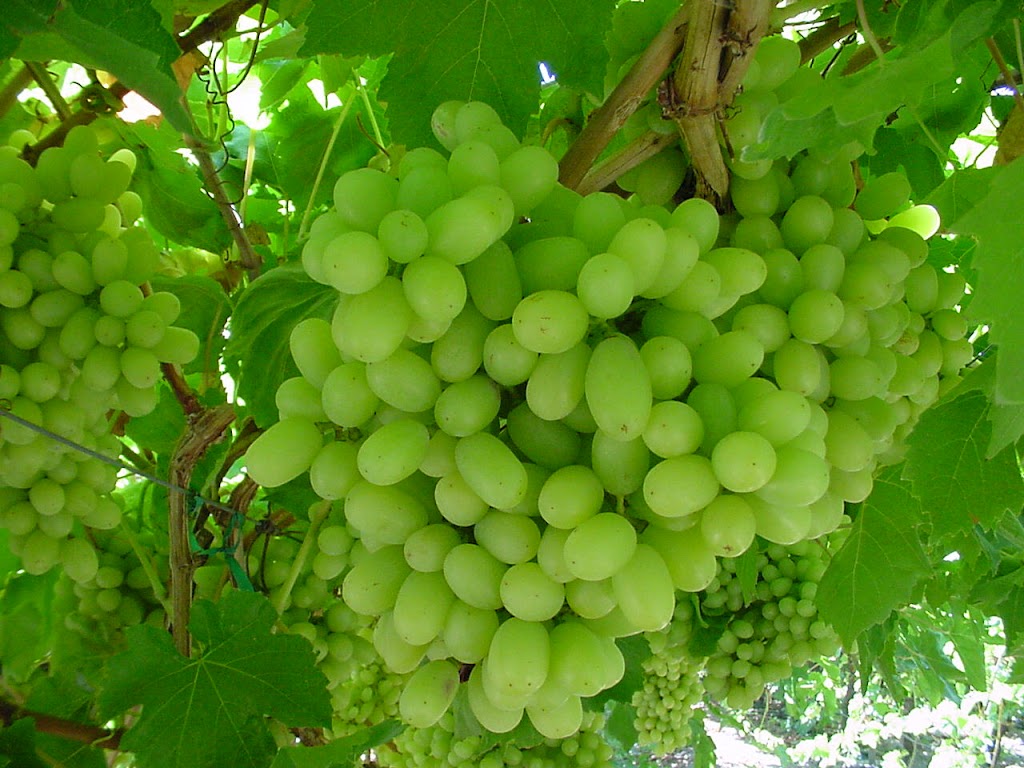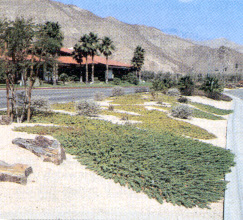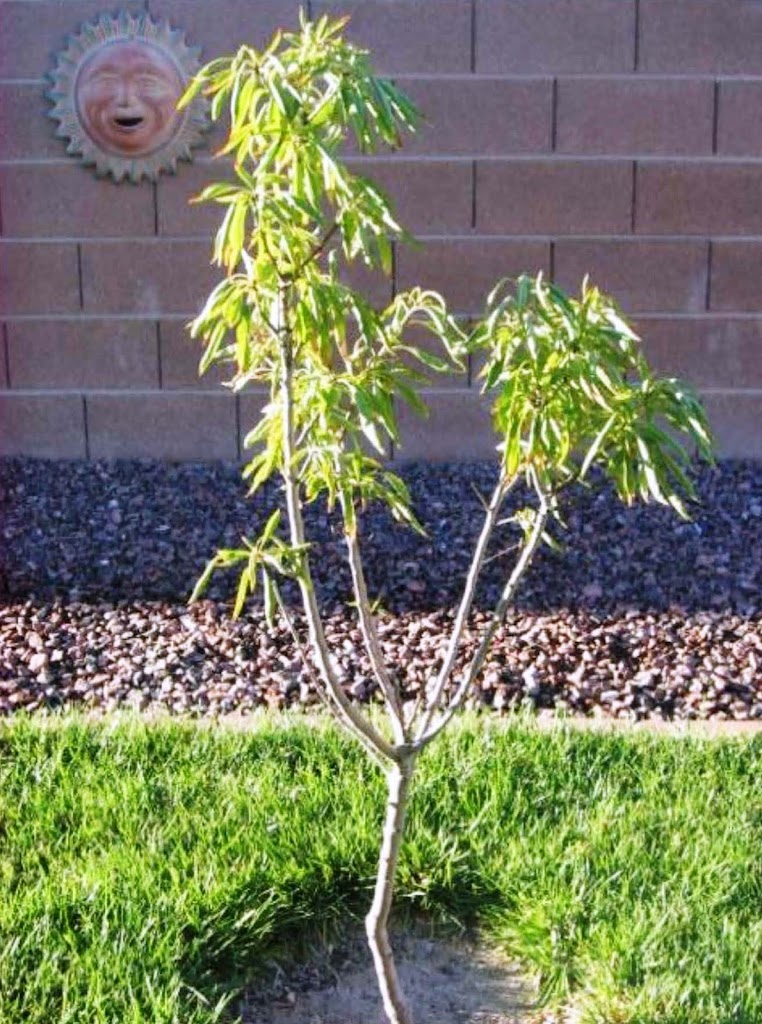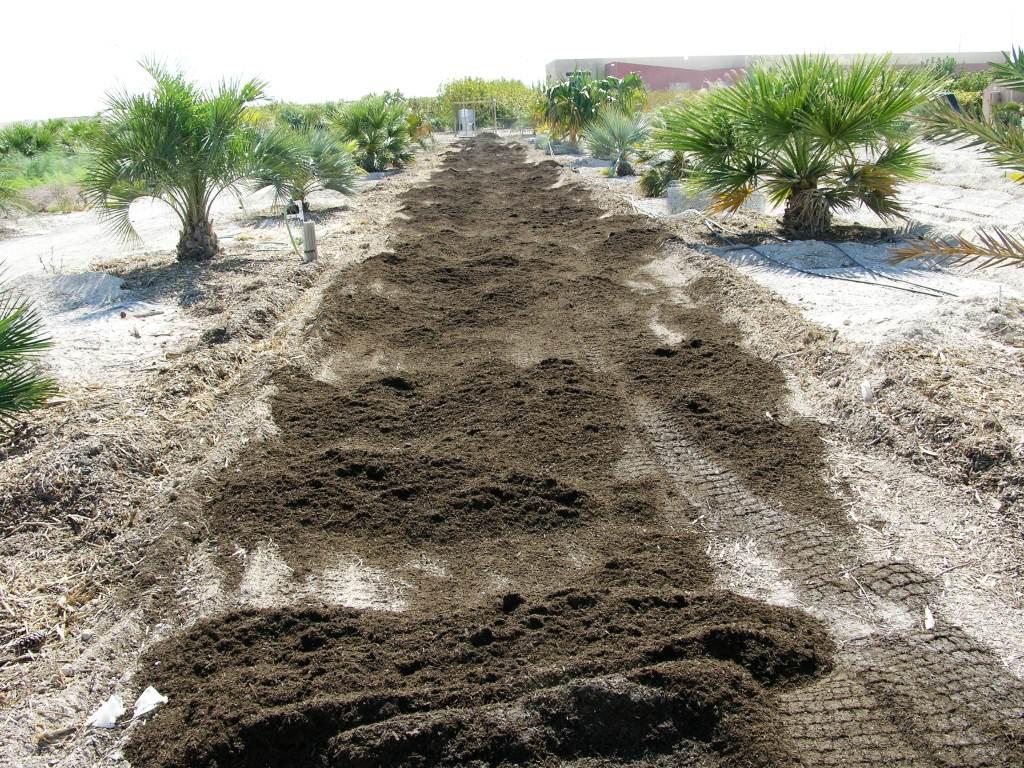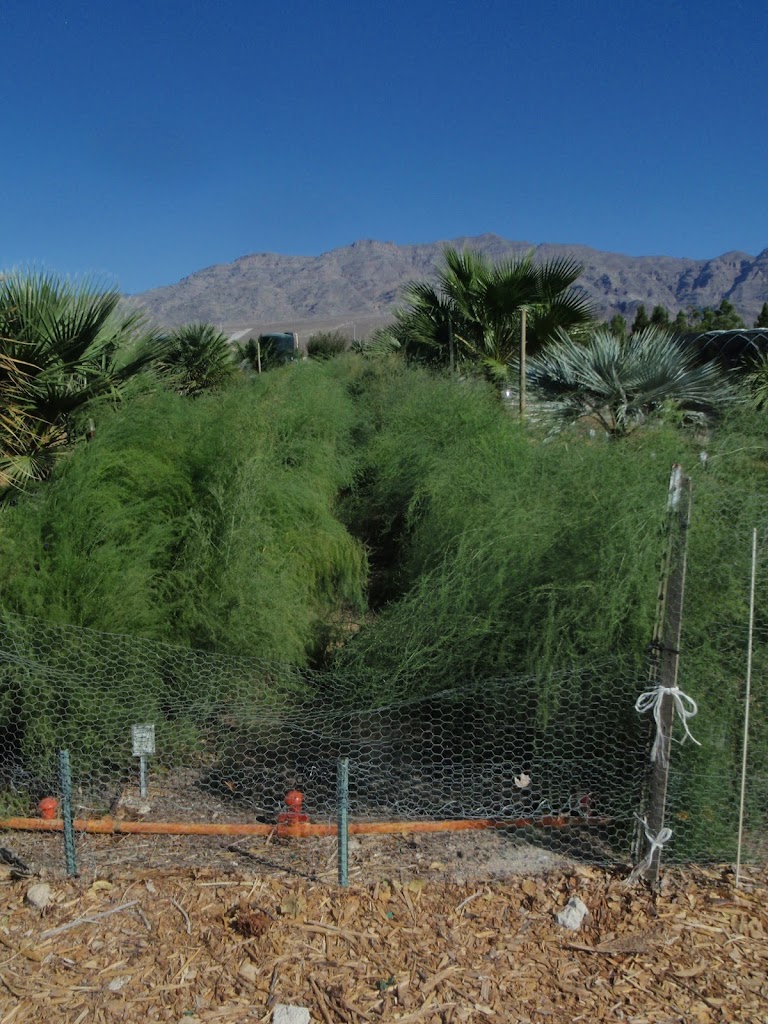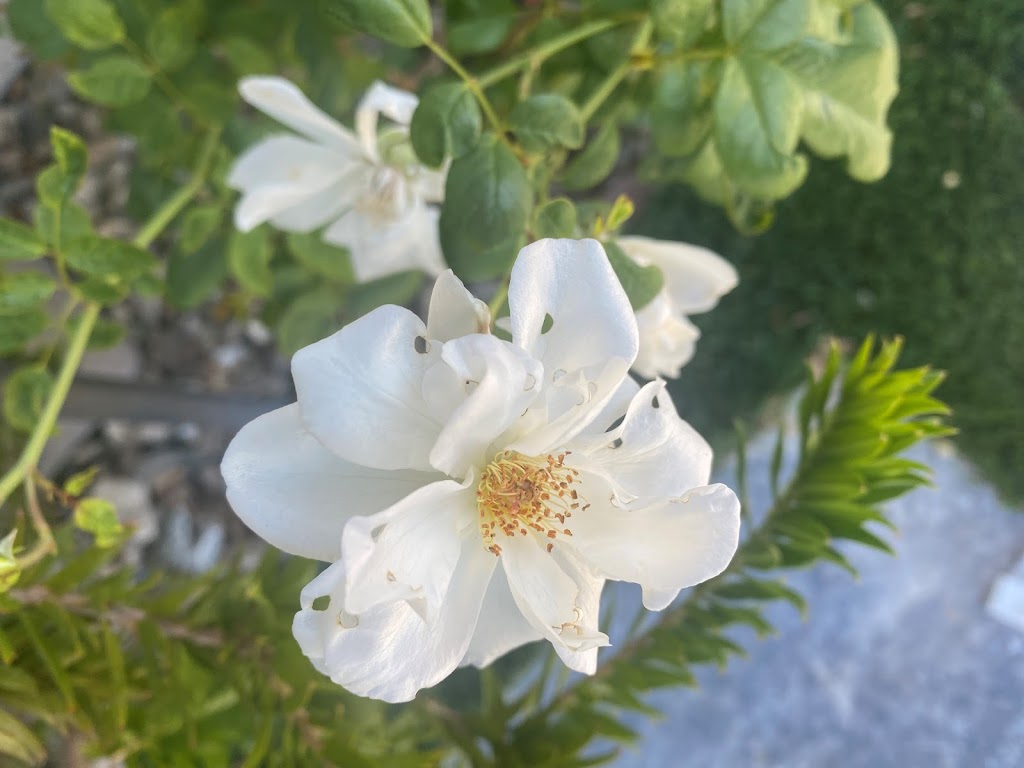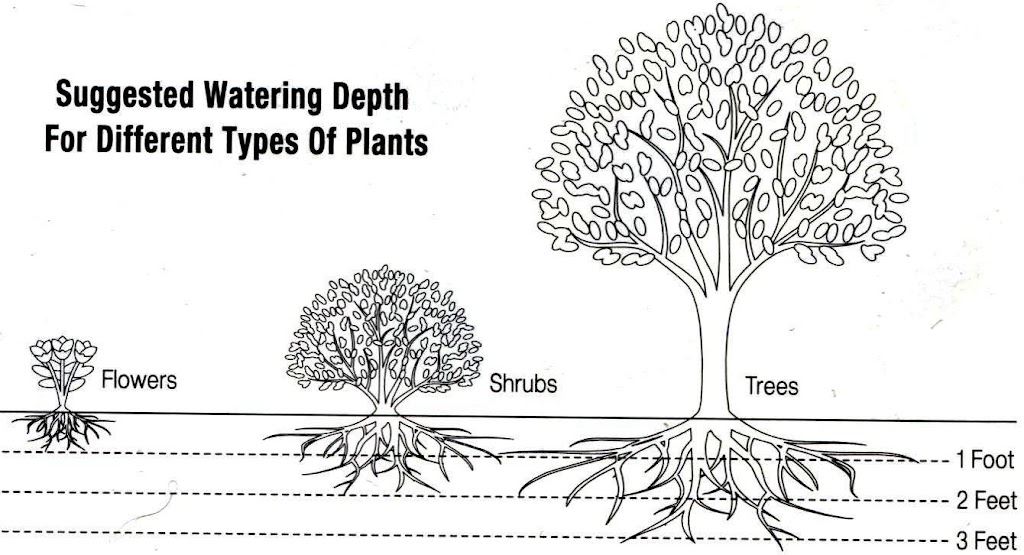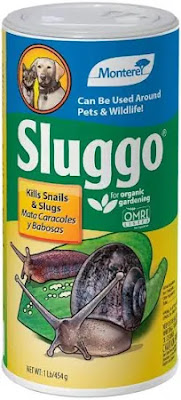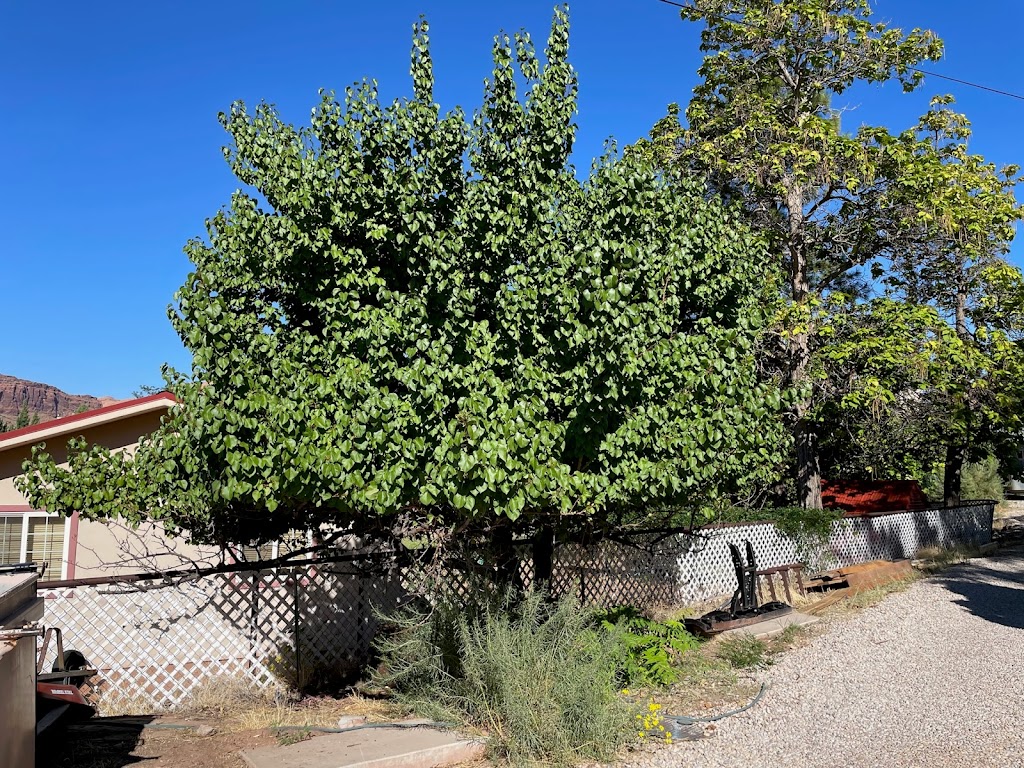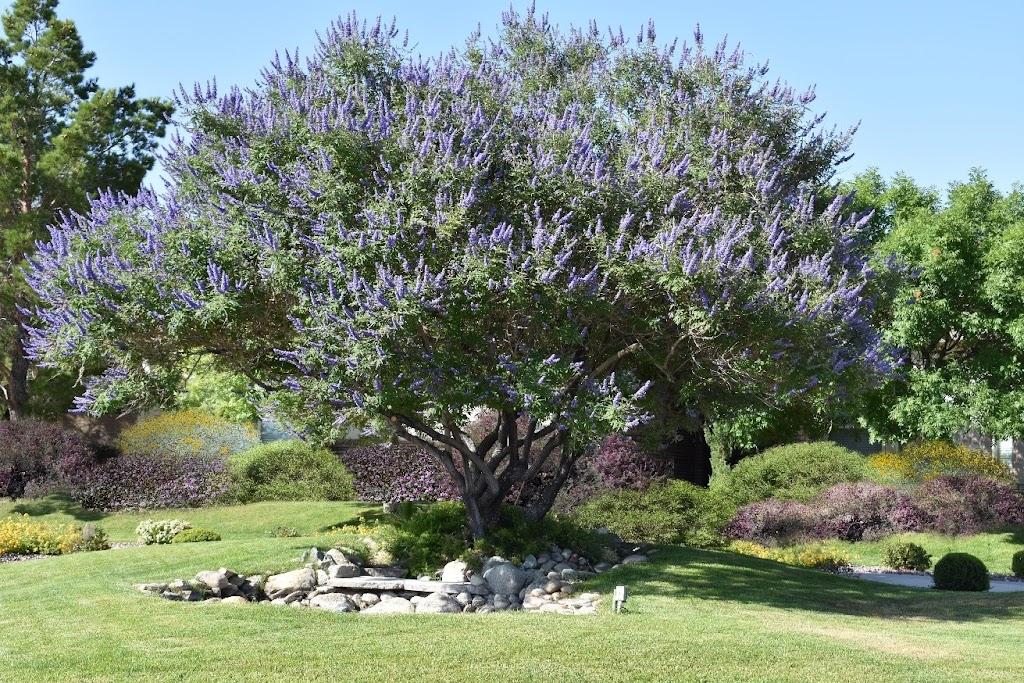‘Interlaken’ Grape is a Close Alternative to Thompson Seedless
Q. Can ‘Interlaken’ grapes take eastern, southern or western exposure? What about blackberries? ‘Thompson Seedless’ dessert grape. Sorry, no pictures of ‘Interlaken’ but similar. Blackberries popping up through the mulch, after removal, where ever there is irrigation. Could be ‘Womak’ or possibly ‘Rosborough’ two varieties I would recommend for our climate. A. Both grapes and blackberries should be grown in full sun, away from hot walls, along with soil improvement, irrigation, and mulch. Put them at least 10 feet from hot west and south-facing walls so the heat from the wall during the summer doesn’t hurt them. Blackberries are more of a colder climate type compared to most grapes. Neither grapes or blackberries will do well in hot locations without the air mixing so it’s not so hot. ‘Interlaken’ grape is a seedless desert grape, similar to ‘Thompson Seedless’. In fact, ‘Interlaken’ grape has ‘Thompson Seedless’ genetics in it! For that reason, it should do well in Las Vegas. All blackberries like the cooler climates of the Pacific Northwest and do quite well there ripening in about one week or less. Research done in Yuma, Arizona, by the University of Arizona points out that a few blackberries have grown well in hot desert climates. Based on that research I grew several varieties of blackberries. Both blackberry varieties ‘Womack’ and ‘Rosborough’ did the best in our dry intense heat. ‘Brazos’ was also recommended for desert climates but it developed leaf scorch during our hot summers. But ‘Womack’ and ‘Rosborough’ varieties didn’t. All suitable blackberries for our desert climate ripened in one day in May.
‘Interlaken’ Grape is a Close Alternative to Thompson Seedless Read More »
